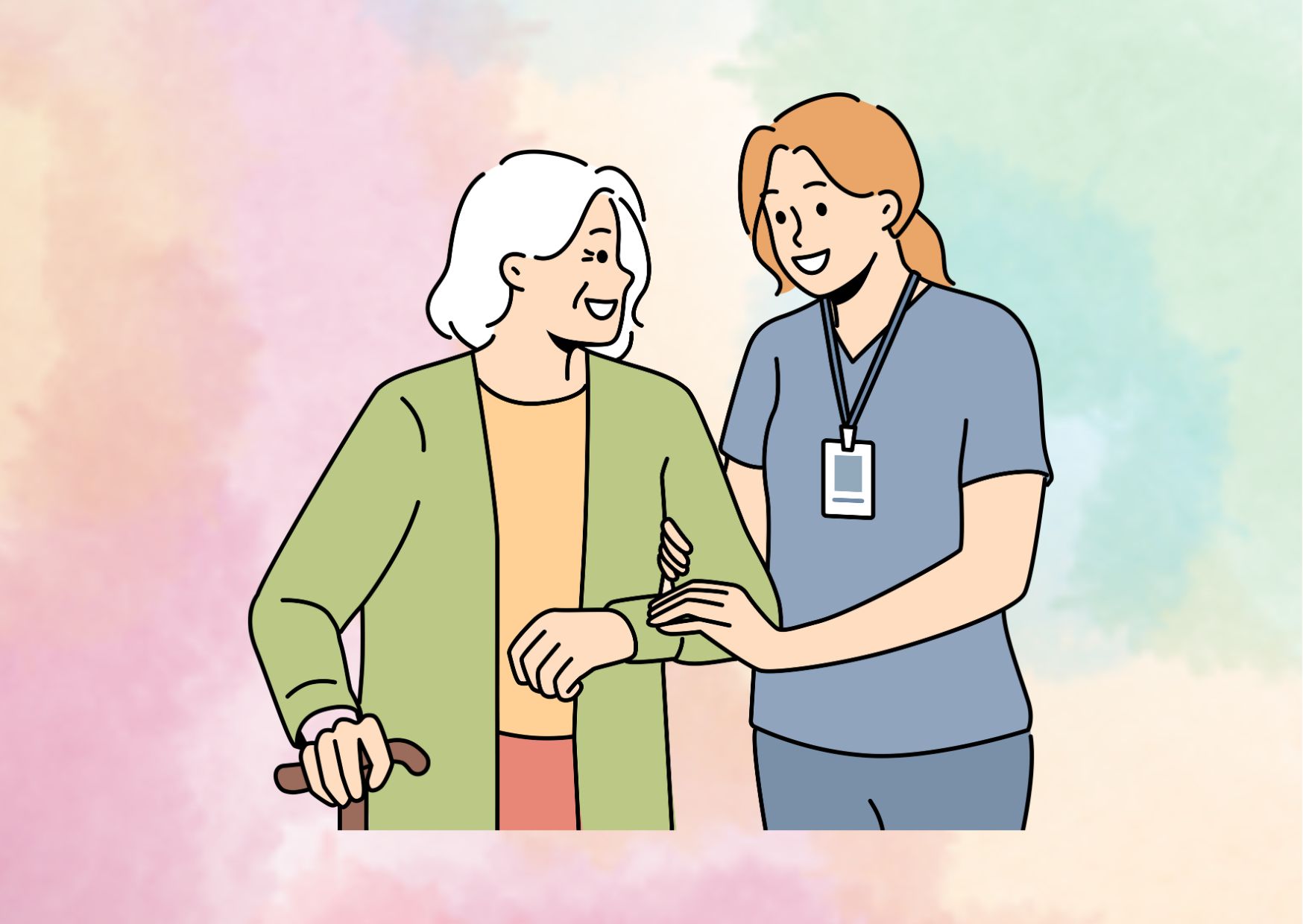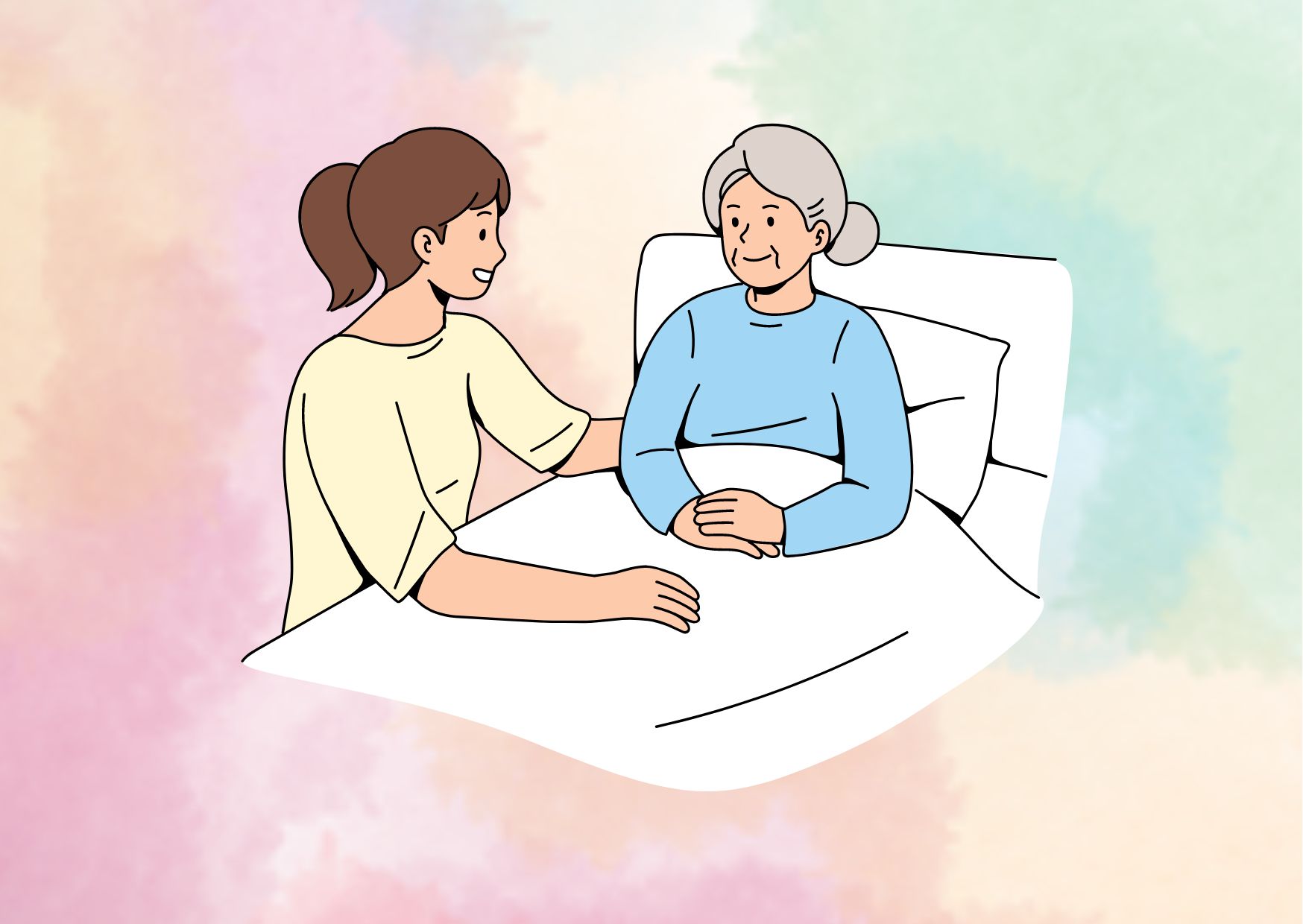21 Worrying Signs of Caregiver PTSD
Understanding caregiver PTSD—a condition often overshadowed by the physical and emotional demands of caregiving—is critical for both caregivers and the communities that support them. While the role of caregiving can be deeply rewarding, it is also fraught with significant stress, anxiety, and profound emotional challenges. These experiences can lead to caregiver PTSD, a condition that emerges from prolonged exposure to stress and trauma associated with caregiving. Recognizing the signs and finding solutions for caregiver PTSD is paramount, as it not only affects the caregivers themselves but also the quality of care they are able to provide. The importance of addressing this issue extends beyond the immediate circle of care, impacting families, healthcare systems, and society at large.
This article delves into what caregiver PTSD is, its common symptoms, and the causes and triggers that lead to its development. It also explores the profound impact caregiver PTSD can have on individuals and their families, outlines steps for diagnosis and recognition, and presents effective treatment and solutions. Practical self-care tips for caregivers are offered as well, alongside resources and support mechanisms to help manage the condition. By providing a comprehensive overview of caregiver PTSD, this article aims to empower caregivers and their support networks with knowledge and tools to address and mitigate the challenges of PTSD from caregiving, thereby enhancing the well-being of both caregivers and those they care for.
What is Caregiver PTSD?
Caregiver PTSD, or post-traumatic stress disorder, is a form of PTSD that can arise from the prolonged stress and trauma associated with providing care for a loved one. While PTSD is commonly associated with life-threatening events or experiences, caregiving can also trigger this condition due to the overwhelming responsibilities and emotional challenges involved.
Definition of Caregiver PTSD
Caregiver PTSD is characterized by the development of symptoms similar to those experienced by individuals who have been exposed to combat, natural disasters, or other traumatic events. These symptoms can include flashbacks, heightened anxiety, emotional numbness, and physical pain. However, in the case of caregiver PTSD, the trauma stems from the intense and often unrelenting demands of caregiving, rather than a single, life-threatening event.
Difference from General PTSD
While the core symptoms of caregiver PTSD may be similar to those of general PTSD, there are distinct differences in the triggers and experiences that lead to its development. Unlike general PTSD, which typically arises from a specific, traumatic event, caregiver PTSD can result from the cumulative stress and emotional toll of providing care over an extended period.
The triggers for caregiver PTSD can be multifaceted, including:
- The overwhelming responsibilities of caregiving, ranging from day-to-day tasks to managing significant medical and financial decisions on behalf of the loved one.
- Grief over various losses, such as witnessing the deterioration of a loved one’s health, experiencing a shift in the relationship dynamic from family member to caregiver, and the inability to maintain one’s previous lifestyle.
- Hospitalizations and other emergency situations that arise during the caregiving journey.
- Difficult family dynamics and complex emotions, such as guilt, remorse, helplessness, and hopelessness.
These factors can create a perfect storm for the development of caregiver PTSD, making it a unique and often overlooked form of PTSD that requires specific recognition and support.
Common Symptoms of Caregiver PTSD
Caregiver PTSD manifests in a range of emotional, physical, and behavioral symptoms that can significantly impact the well-being of caregivers. These symptoms can arise from the prolonged stress and trauma associated with providing care for a loved one.
Emotional Symptoms
Caregivers with PTSD often experience a range of emotional symptoms, including:
- Anxiety or fear: Caregivers may feel anxious or fearful about making mistakes that could harm the person in their care.
- Anger or frustration: They may feel angry or frustrated if the care recipient does not accept, want, or appreciate the care being provided.
- Denial: Some caregivers may deny the severity of the care recipient’s condition, believing that “it isn’t that bad.”
- Guilt: Caregivers may feel guilty for taking time for self-care, believing that their needs are less important than those of the person they are caring for.
- Negativity: What began as a positive caregiving journey may now feel like a dark cloud, with caregivers losing the desire to perform their duties well.
- Isolation or loneliness: Caregivers may feel unsupported, as if no one wants to help them or that asking for help is a sign of weakness.
Physical Symptoms
The physical toll of caregiver PTSD can be significant, with caregivers experiencing symptoms such as:
- Emotional and physical exhaustion: Caregiving can be physically and emotionally draining, leading to a state of complete exhaustion.
- Changes in appetite and/or weight: Caregivers may experience fluctuations in their appetite, leading to unintended weight loss or gain.
- Changes in sleep patterns: Disruptions in sleep, including insomnia or excessive sleeping, are common among caregivers with PTSD.
- Frequent illnesses: The stress of caregiving can weaken the immune system, making caregivers more susceptible to frequent illnesses.
- Physical pain and anguish: Many caregivers report persistent physical aches, pains, headaches, and stomach complaints.
Behavioral Symptoms
Caregiver PTSD can also manifest in various behavioral symptoms, such as:
- Withdrawal from friends, family, and loved ones: Caregivers may isolate themselves from their support systems, further exacerbating their emotional distress.
- Loss of interest in previously enjoyed activities: Hobbies and activities that once brought joy may no longer hold the same appeal for caregivers with PTSD.
- Reliving the experience: Caregivers may experience flashbacks or intrusive thoughts, reliving traumatic moments from their caregiving journey.
- Emotional detachment: Some caregivers may experience emotional numbness or detachment, feeling disconnected from their loved ones and the world around them.
- Increased substance abuse: In an attempt to cope with the overwhelming stress, some caregivers may turn to alcohol or drugs as a means of self-medicating.
It is crucial for caregivers to recognize these symptoms and seek appropriate support and treatment to address caregiver PTSD. Ignoring these signs can lead to further deterioration of their mental and physical well-being, ultimately impacting the quality of care they can provide.
Causes and Triggers
Caregiver PTSD can arise from various causes and triggers, ranging from sudden traumatic events to chronic stress and complex family dynamics. Understanding these factors is crucial in recognizing and addressing this condition.
Sudden Traumatic Events
For many caregivers, their journey begins in the wake of a traumatic event involving a loved one, such as a sudden heart attack, stroke, or the diagnosis of a cognitive disorder. These unexpected and life-altering situations can leave caregivers reeling and experiencing PTSD-like symptoms, including flashbacks, heightened anxiety, and emotional numbness. This initial trauma, often referred to as “post-traumatic caregiving” (PTCG), can be a precursor to the development of full-blown PTSD.
Chronic Stress
While sudden traumatic events can trigger PTSD, the chronic stress associated with caregiving can also contribute significantly to its development. Caregivers often face a cascade of critical moments, such as hospitalizations, medical emergencies, and the constant uncertainty of “what now?” moments. The relentless nature of these stressors, coupled with the overwhelming responsibilities of caregiving, can create an acute stress response that may eventually lead to PTSD.
Family Dynamics
Complex family dynamics can also play a role in the development of caregiver PTSD. The imbalance in the relationship between the caregiver and the care receiver, especially when the latter has cognitive impairment, can be emotionally taxing. Additionally, the caregiving process can negatively impact the caregiver’s relationships with other family members or partners, leading to further stress and emotional strain.
Caregivers of individuals with severe mental illness are particularly vulnerable to PTSD. Most families are often unprepared to cope with the onset of such conditions, and the caregiving process can have negative physical, psychological, emotional, social, and financial impacts on the caregiver.
It is important to note that while not all caregivers will develop PTSD, the majority will experience some form of post-traumatic caregiving (PTCG) due to the natural stress response triggered by high-impact situations that disrupt all areas of life. Recognizing these causes and triggers is crucial for early intervention and support to mitigate the development of PTSD in caregivers.
The Impact of Caregiver PTSD
The impact of caregiver PTSD extends far beyond the individual caregiver, affecting various aspects of their life and the lives of those around them. This condition can have profound consequences on the caregiver’s well-being, their relationships, and the quality of care they provide to their loved ones.
On Caregivers
Caregiver PTSD can take a significant toll on the mental and physical health of caregivers. They may experience a range of emotional symptoms, such as anxiety, anger, frustration, guilt, negativity, and isolation. These emotional challenges can lead to physical manifestations, including exhaustion, changes in appetite and sleep patterns, frequent illnesses, and persistent physical pain.
Moreover, caregivers with PTSD may exhibit behavioral symptoms like withdrawal from social circles, loss of interest in previously enjoyed activities, emotional detachment, and increased substance abuse. These symptoms can further exacerbate their condition, creating a vicious cycle that negatively impacts their overall well-being.
On the Family
Caregiver PTSD can strain relationships within the family unit. When a caregiver experiences symptoms like emotional numbness, avoidance, and detachment, it can create distance and disconnect with their loved ones. This can lead to feelings of hurt, alienation, and discouragement among family members, who may struggle to understand and cope with the caregiver’s condition.
Additionally, the stress and demands of caregiving can cause caregivers to neglect their own needs, leading to resentment and tension within the family. In some cases, the caregiver’s PTSD symptoms, such as irritability and anger, can contribute to an increased risk of family violence or marital problems.
On the Loved One Receiving Care
The impact of caregiver PTSD can extend to the loved one receiving care, potentially affecting the quality of care they receive.

